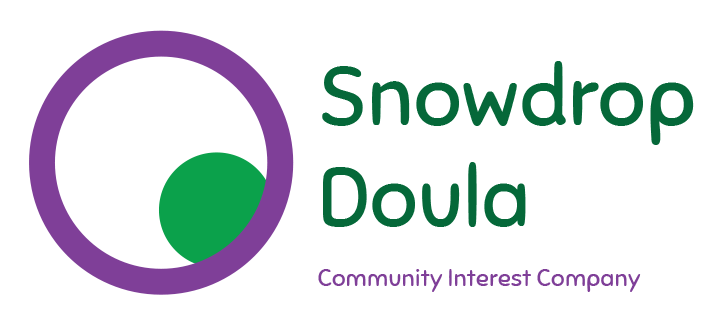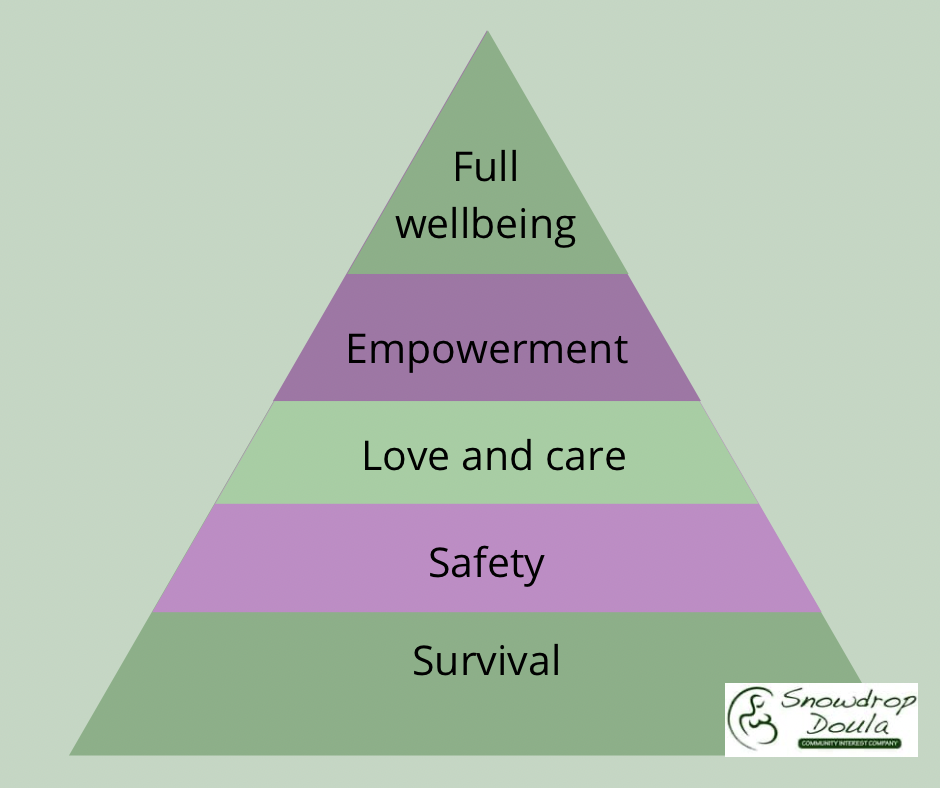This is coming about from another Twitter discussion.
Donna Ockenden (of the Ockenden report, of which I am still making my way through) made a comment that the 1 thing every mother and family wanted was safety in birth. To feel and be safe in a maternity setting when having a baby.
Safety
My first thought is that surely this is basic level for anyone entering a hospital and with any medical professional. If a woman does not feel safe and, what’s more, is not safe in such a setting then surely the system is failing at basic care and something urgent needs to be done? Heck, if a car fails at basic safety in an MOT, then it’s illegal to drive it. There are inspections and systems in place to check things but, as with all these things, lots gets missed. The Ockenden report is of one trust after a series of deaths and many more “near misses” and is, rightly, looking at these basic needs.
This idea of safety being the 1 thing that mothers want is far too basic a notion. Women need and want more. Anyone who has done any course in psychology will have likely heard of Maslow’s hierarchy of need. This suggests the needs of a human of optimum wellbeing, or self actualisation as Maslow terms. At the bottom of the pyramid, we have shelter. Then it goes up to things such as love. Each step needs the one below it to be in place before it can be reached. Within the covid pandemic it’s said that optimum wellbeing could not be reached. We could not socialise meaning some of the top levels were limited as we were locked down
When we look at birth in this context, I think, a similar idea can be written.
At the bottom would be being alive and well at the end with safety being a next step. These being two different elements as a person could be alive and well and yet not feel or be safe. What feeling safe looks like will be different for every individual, some will want home comforts and others will want the top medical interventions. All are valid to feel safe.
Birth hierachy of needs
Then we go up with love and care (also to optimise oxytocin for birth), which helps the feeling of safety but goes a few steps further to feeling the best possible. The theory being when all the steps are fulfilled can a person reach full wellbeing. Again, this is subjective/ individual. What makes you feel loved and cared for? This may be different for others and also worth noting that those who may have experienced abuse, or a toxic relationship may struggle with what this actually looks like.
Next step may seem a bit ‘fluffier’ and can become harder to achieve. I write this as “empowerment”. So, what does this really mean? It’s about power dynamics, who holds their power in a situation. For birth, I think, this is when the mother feels she has the power in the room, she is the focus, her needs are met and, beyond that, she is in control. This is no matter what is happening. A woman may have a birth plan to say x and then in the course of birth y and even z happens that is completely different to her ideals, but if she feels empowered then she will still feel she ‘holds the cards’ and knows and understands what is happening. This is important to positive wellbeing.
Full wellbeing can be achieved in birth if numerous things are considered on an individual basis.
Within maternity care it seems very important to consider every individuals needs, wishes and experiences and listen, just listen. Preparing for all situations and respecting decisions.
Safety is a basic requirement for every woman and family, and is what the Ockenden report looks at. More is needed for wellbeing.
If a woman does not feel safe in her pregnancy or birth then something is major failing her.

